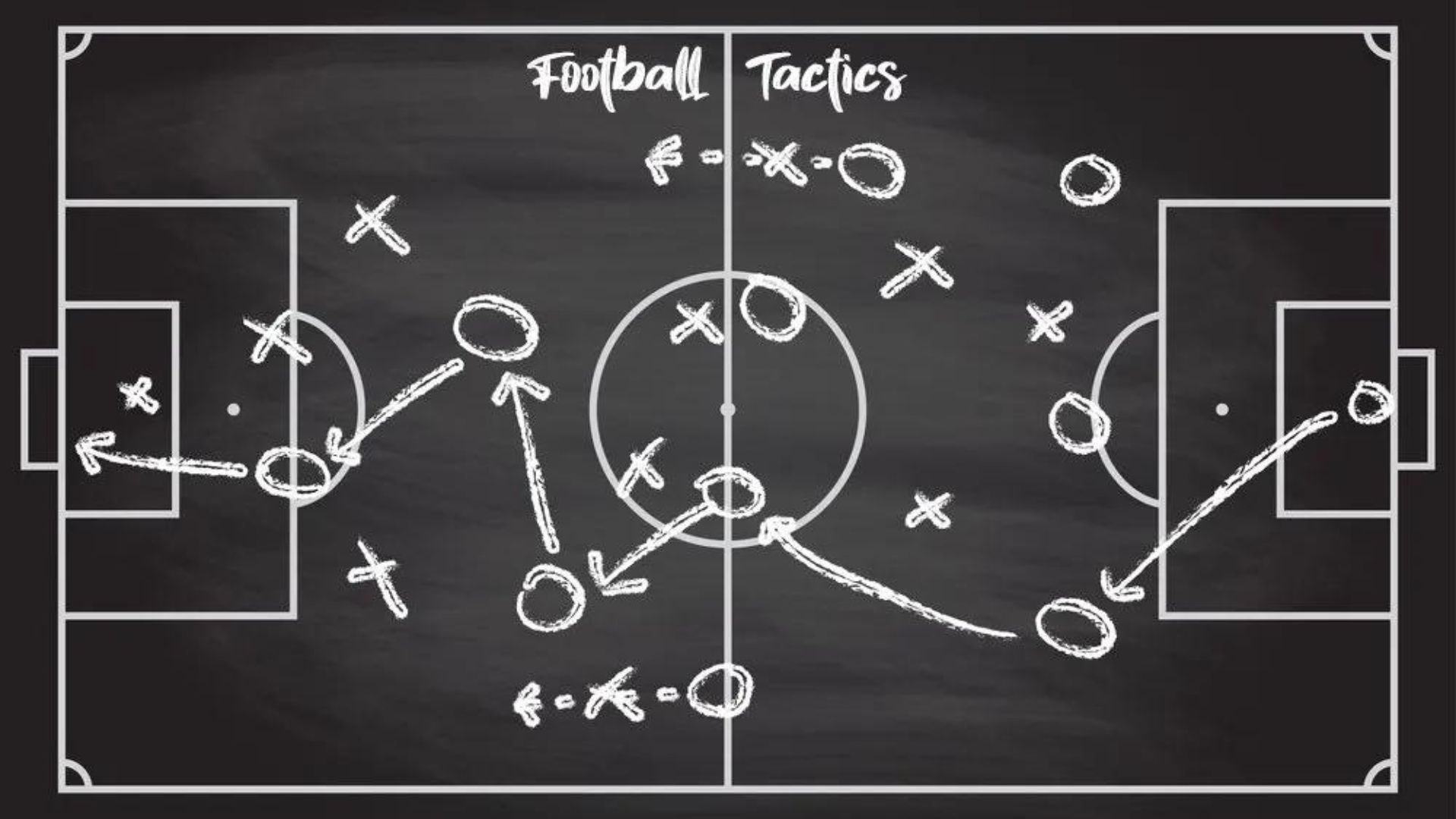In the vibrant world of football, the Northern clubs in the United Kingdom find themselves entangled in a distinctive and often daunting array of financial problems that cast a shadow over their on-field achievements. This article endeavours to unravel the complex web of financial issues confronting Northern football clubs, illuminating the multifaceted nature of their struggles. From grappling with revenue disparities that hinder their commercial viability to navigating the unpredictable impact of external economic factors, these clubs face a set of circumstances that significantly influence their financial health. As we explore the intricacies of these challenges, a comprehensive understanding of the financial landscape emerges, emphasizing the need for strategic solutions and collaborative efforts to ensure the sustained competitiveness and viability of Northern football clubs in the ever-evolving world of professional football.

Revenue Disparities and Economic Constraints
The financial plight of Northern football clubs is entrenched in a complex web of revenue disparities when juxtaposed against their wealthier counterparts in the southern regions. This economic divide, grounded in geographical disparities, profoundly impacts the commercial prospects of Northern clubs. Their struggle to attract high-profile sponsorships and secure lucrative broadcasting deals is intensified by the limitations imposed by the regional economic imbalance. Consequently, these clubs grapple with a persistent challenge to sustain financial stability, creating a significant impediment to their competitiveness both domestically and on the international stage. The consequences of this financial disparity extend beyond the pitch, affecting crucial aspects such as player recruitment, facility development, and community engagement. Addressing this issue demands a holistic approach, involving strategic financial planning, league governance intervention, and collaborative efforts to level the playing field for Northern football clubs in the broader landscape of professional football.
Stadium and Infrastructure Challenges
The financial burden on Northern clubs extends to the upkeep and development of stadiums and training facilities. While some clubs boast historic venues, the cost of modernizing these structures to meet evolving standards is substantial. Maintaining an appealing and technologically advanced stadium is crucial for revenue generation, but the initial investments and ongoing maintenance costs can strain the financial resources of Northern clubs, limiting their capacity to compete with clubs operating in more affluent regions.
Player Recruitment and Wage Budget Constraints
Recruiting top-tier players is a perpetual challenge for Northern clubs grappling with financial limitations. While they strive to remain competitive in player markets, the budget constraints often lead to a talent drain, with promising players seeking opportunities at financially stronger clubs. The struggle to attract and retain high-calibre players within budgetary constraints directly impacts on-field performance and, subsequently, the ability of these clubs to generate revenue through tournament successes and player sales.
Impact of External Economic Factors
Northern football clubs are not immune to the broader economic landscape. Fluctuations in economic conditions, such as recessions or global crises, can have a profound impact on sponsorship deals, fan attendance, and commercial partnerships. The vulnerability to external economic factors intensifies the financial woes of these clubs, making it challenging to formulate long-term financial plans and exacerbating the uncertainty surrounding their economic viability.
Historical Debt Burden
Several Northern football clubs grapple with historical debt burdens that cast shadows over their financial health. Past financial mismanagement, overspending, or ill-fated ventures can leave a lasting legacy, hindering the clubs’ ability to secure loans or attract new investors. Escaping the clutches of historical debt often requires meticulous financial restructuring, a process that can divert funds from essential areas like squad development or stadium improvements.
Conclusion
In conclusion, the financial problems faced by Northern football clubs present a complex web of challenges that demand strategic and innovative solutions. The disparities in revenue, coupled with infrastructure constraints, player recruitment challenges, the impact of external economic factors, and historical debt burdens, collectively contribute to a precarious financial landscape. Addressing these issues requires a collaborative effort from club management, football authorities, and external stakeholders to ensure the sustained viability of Northern football clubs. As these clubs navigate the intricate terrain of financial challenges, a strategic and forward-thinking approach becomes imperative for not only their survival but also for fostering a more level playing field within the competitive landscape of football.




